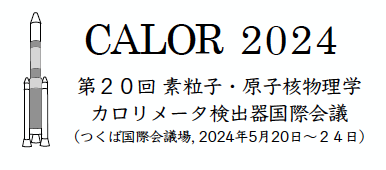Speaker
Description
Due to its continuously adjustable composition and low cost, glass scintillator (GS) has become a new choice for solid scintillation materials. Compared to scintillation crystals, glass can achieve a similar density (approximately 6 g/cm3) at a lower cost, making it the preferred luminescent device for scintillation detectors. However, research on glass scintillator has mainly focused on composition adjustment and performance optimization, with relatively little research on high-density, large-sized glass scintillator and the scintillation detectors composed of photodetectors. Since 2021, the Glass Scintillator Collaboration Group (GS Group) has been developing large-size, high-density(~6 g/cm3), high-light-yield(>1000 ph/MeV), fast-decay(<300 ns), and radiation-resistant scintillation glass for glass scintillator hadron calorimeter (GSHCAL) of Circular Electron-Positron Collider(CEPC), and has achieved certain results. In order to explore the differences between scintillation crystals and glass scintillator in different sizes and detection methods, we have selected the standard scintillation crystal Bi4Ge3O12 (BGO) for comparison, hoping to make a contribution to the application of large glass scintillator detectors.
